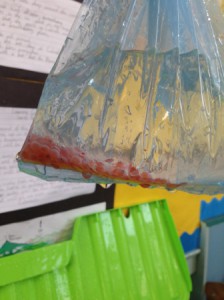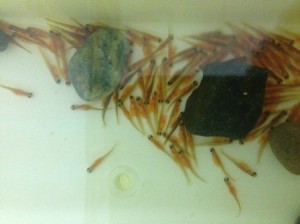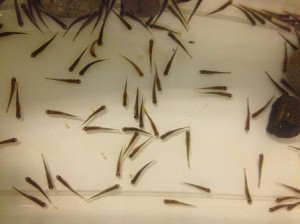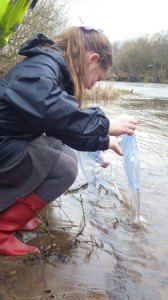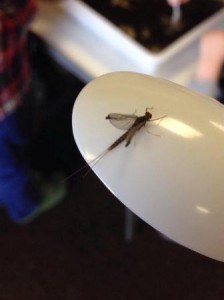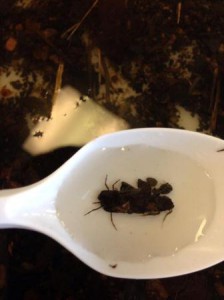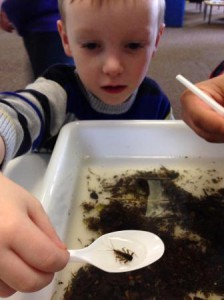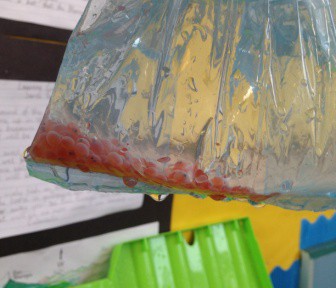
Another eight weeks have passed and it’s been a busy and interesting few months.
Since my last post, I’ve had the privilege of seeing Brown trout develop from eggs into fry (more technical information on this later); received an impressive collection of training from GIS (a geographical mapping system) skills to an introduction to the John Muir Award; met a number of anglers working on the Clyde River Foundation river invertebrate citizen science project (CRIMP); joined a local TCV mid-week group on a work day; as well as carrying out staff consultations and research to get a grip on community engagement opportunities for my placement provider and the direction of my personal project. Any trainee role is a step learning curve and being a Natural Communities trainee is certainly no different!
School children taking part in the Clyde in the Classroom project did an excellent job of caring for their Brown trout eggs and I assisted with the realease of thousands of unfed fry into the River Clyde at the end of March. Just to give you a little more information on the project – each of school taking part received ‘eyed ova’ (eggs with developed eyes) and if you look closely at the image on the top left below the eyes can be seens as two tiny black dots. From here the eggs develop into alevins which feed on their yolk sac (the orange circle under each alevin (top right image) as they develope fundamental physiological features and into something more representative of a Brown trout. Once the yolk sac has been consumed the alevins are known as fry (see images below on the bottom right). In the wild, this would be the stage at which the fish emerge from their nest (redd) in the river gravel in search of tiny insects in the water for food. The school children realised their alevins just before they had consumed their yolk sac, providing an opportunity for the unfed fry to establish territories and hide from predators before having to find food for themselves. Their eye should help with this as their eyes are large in relation to their body size – apparently, it’d be like us having basketballs on the sides of our heads!
As well as getting up close to Brown trout, I’ve finally met some river invertebrates at a couple of CRIMP events. The Clyde Riverfly Monitoring Project is a citizen science which trains volunteers across the River Clyde catchment to monitor riverflies, the vital invertebrates living in our rivers and important indicators of their quality. The river mini-beasties were a hit with both children and adults at a public event in Greenhill’s Library recently with one mayfly even hatching out during the event!
As well as assisting with on-going projects, I’ve been working to research opportunities for wider community engagement work outside of the science and education projects the Clyde River Foundation currently undertake. I’ve gained a good understanding of the environmental issues challenging our rivers, from the untreated sewage that still manages to enter our rivers to the historic barriers which prevent migratory fish from reaching their spawning grounds, to name a few, along with the strategic aims of community planning partnerships within the Clyde catchment. However, understanding the public attitude towards our rivers is essential for any future work, therefore meeting some communities is where my work will take me next.
Until next time….

